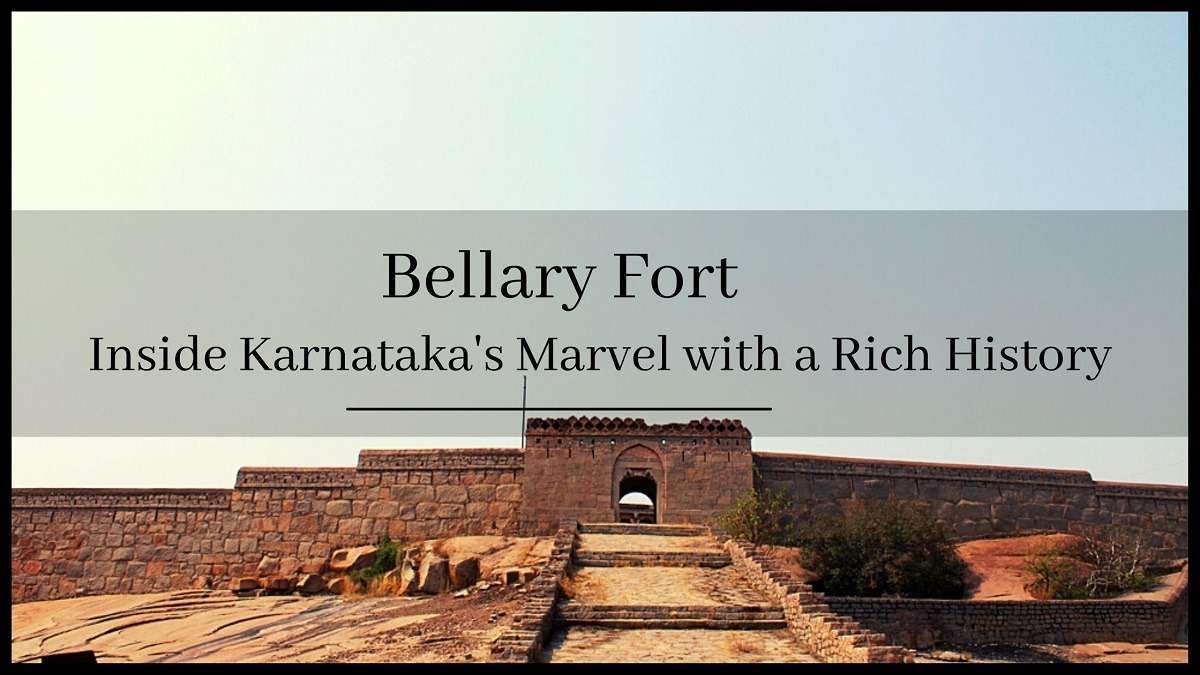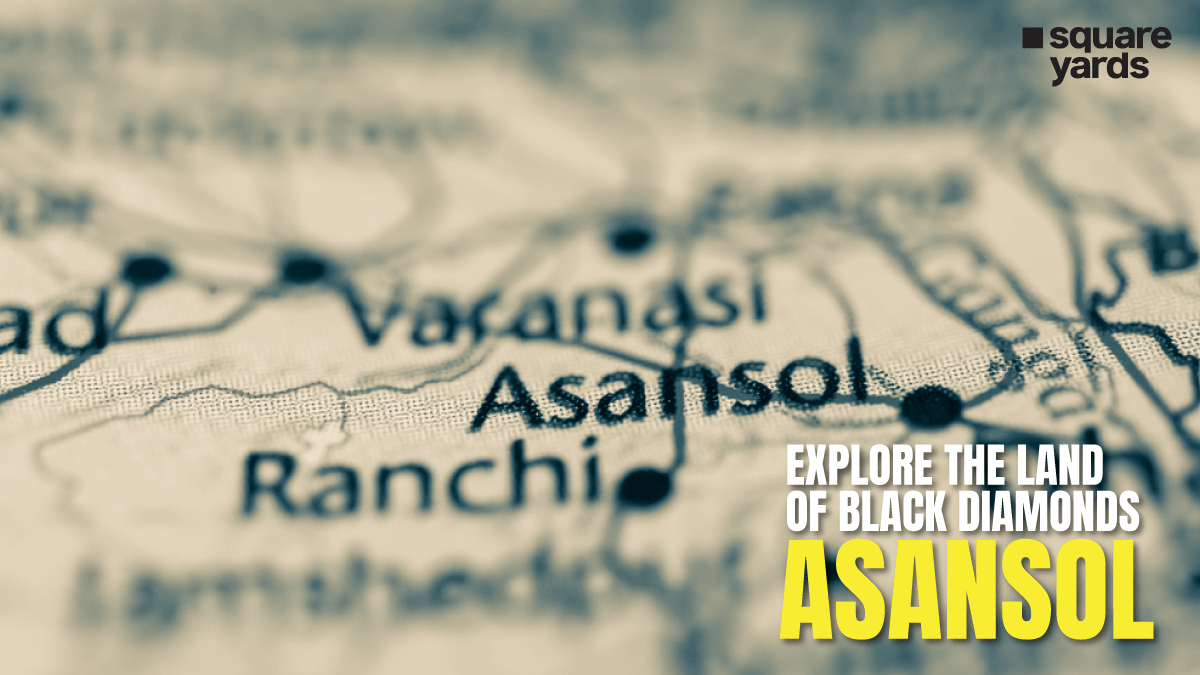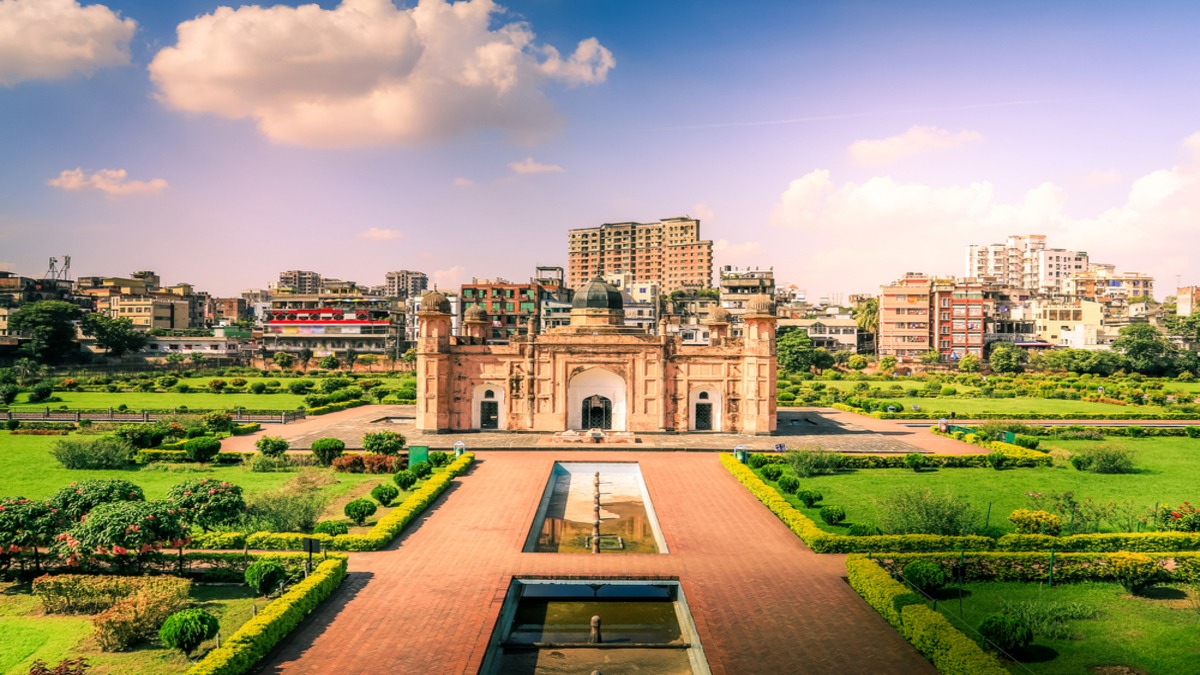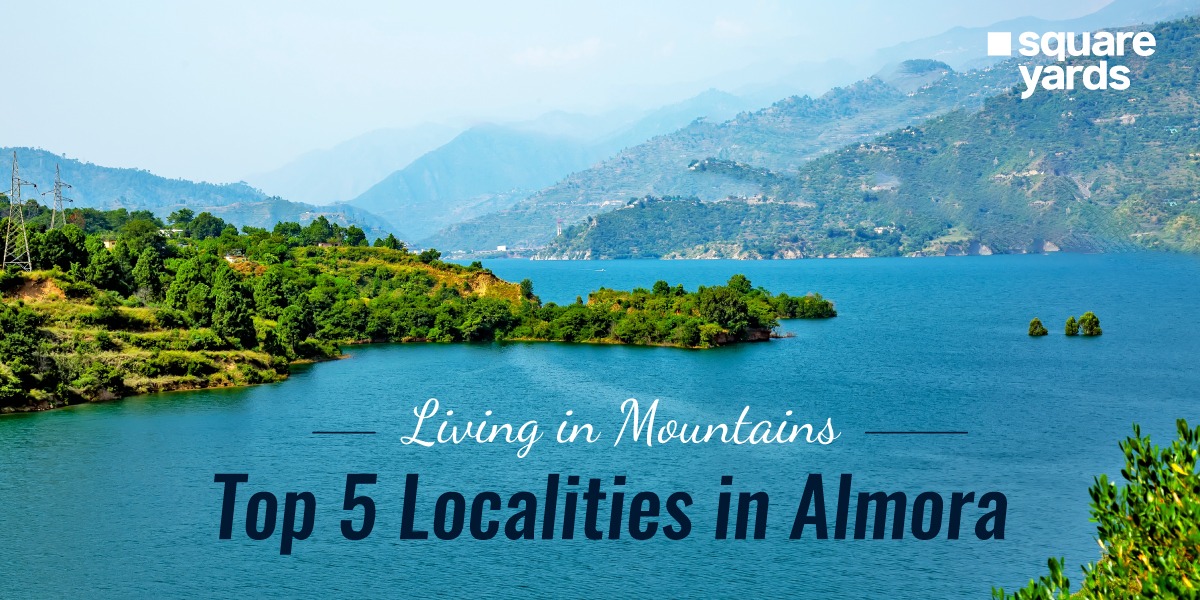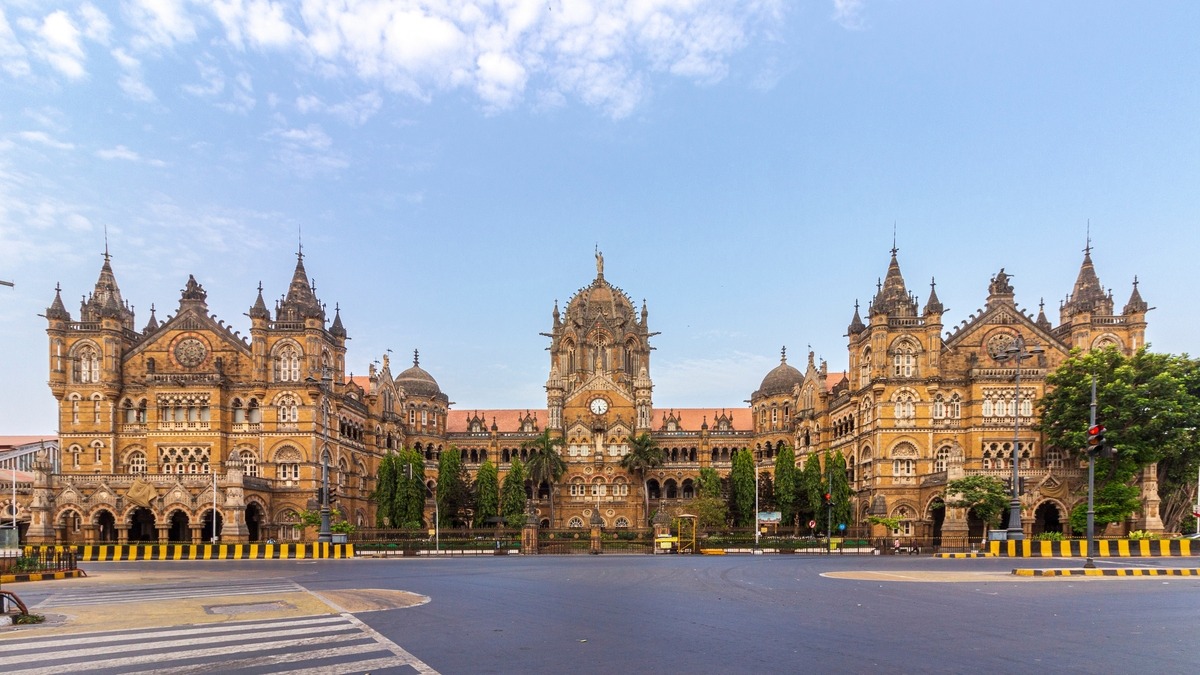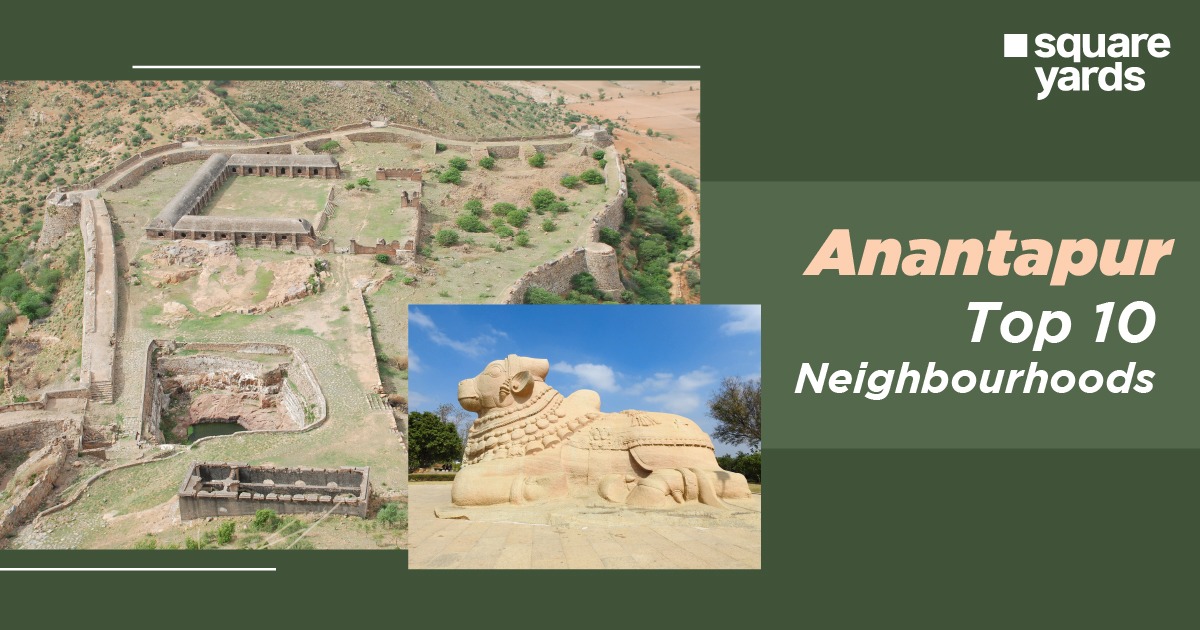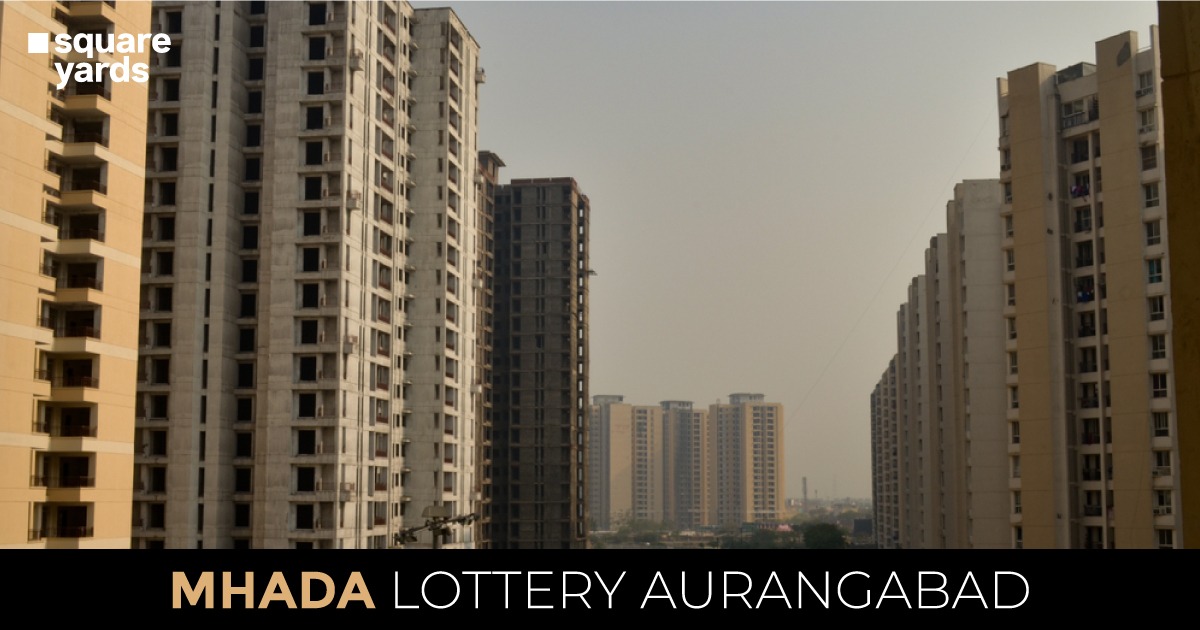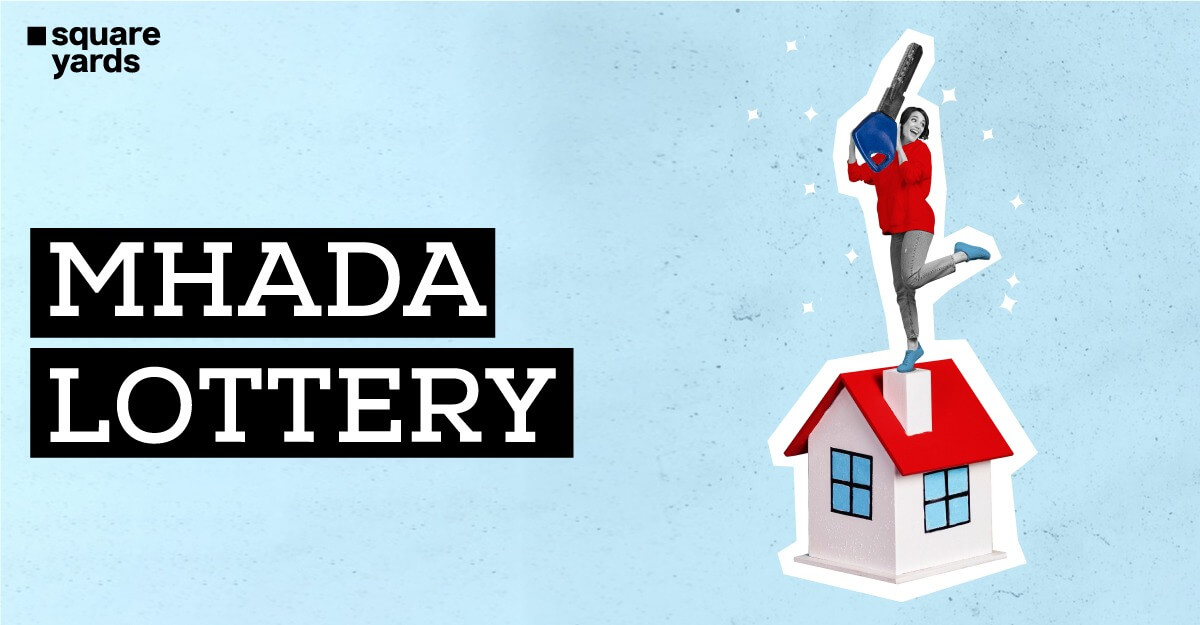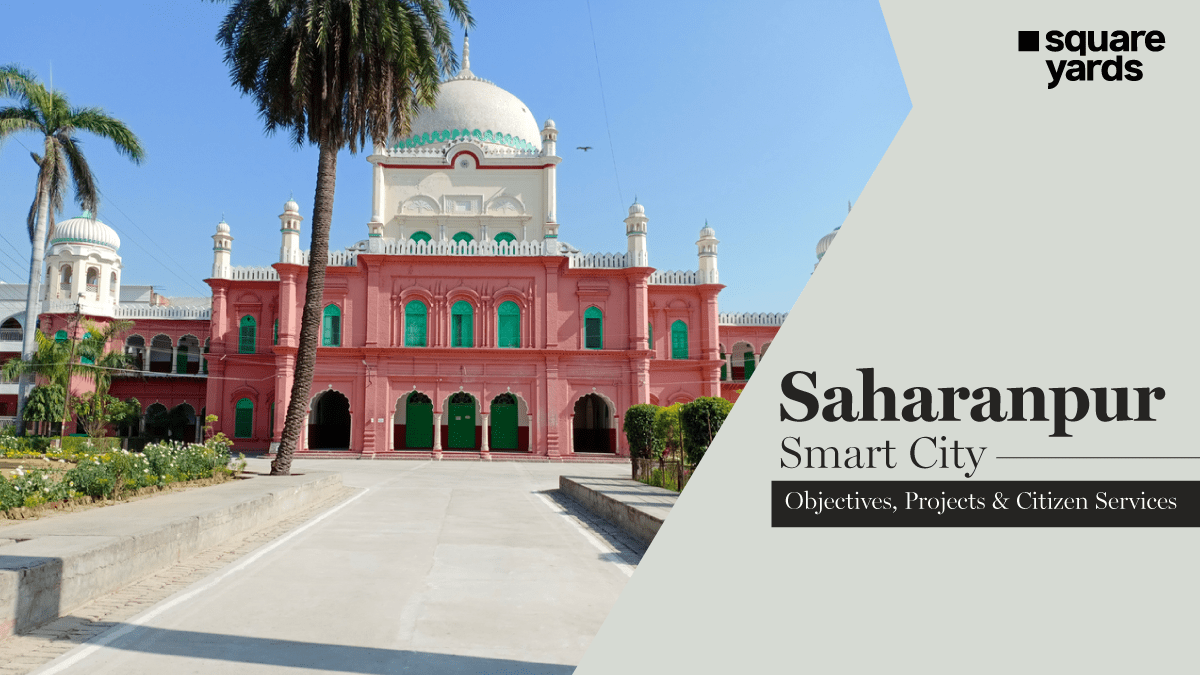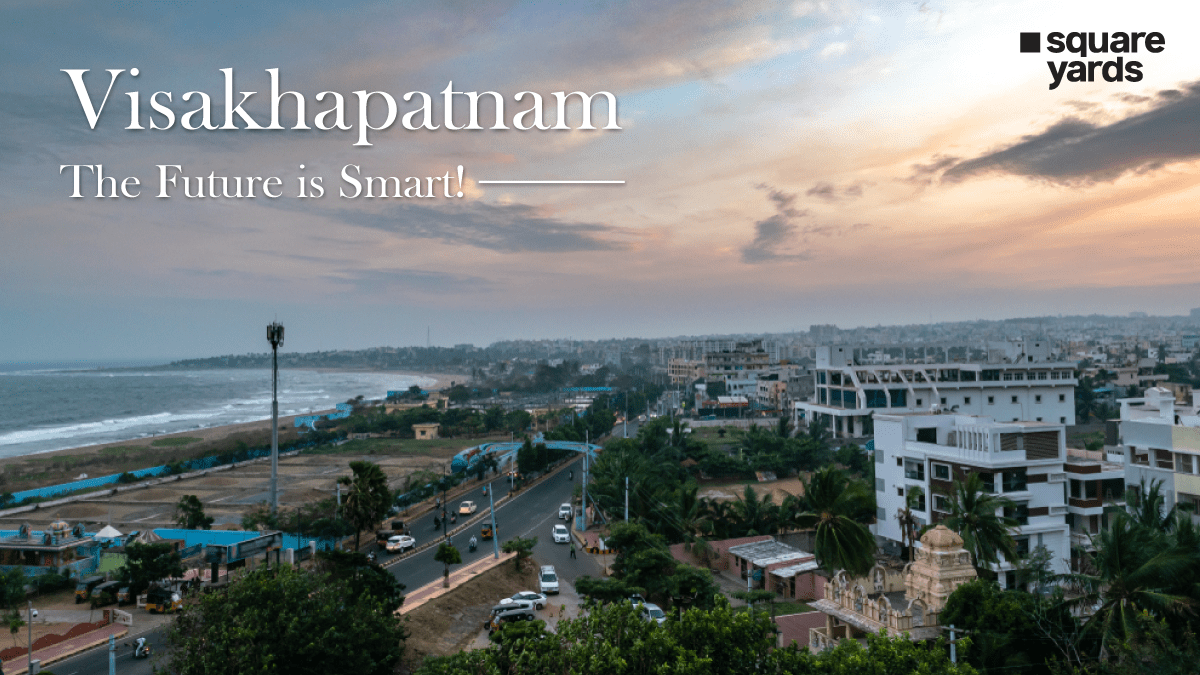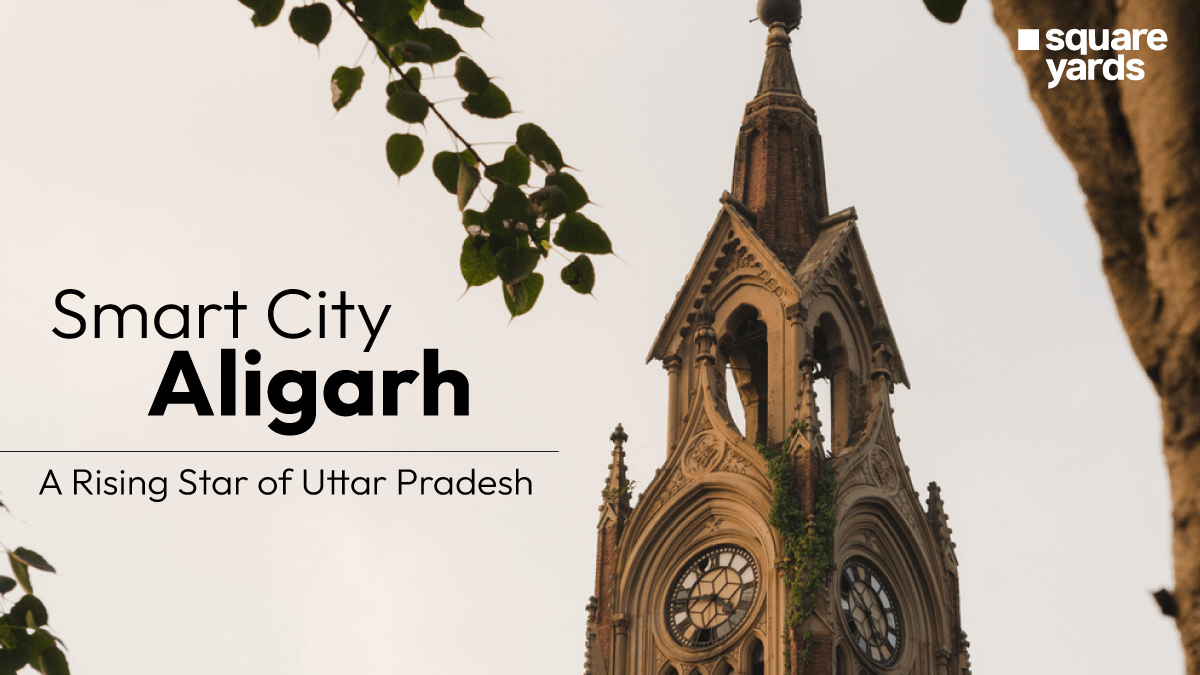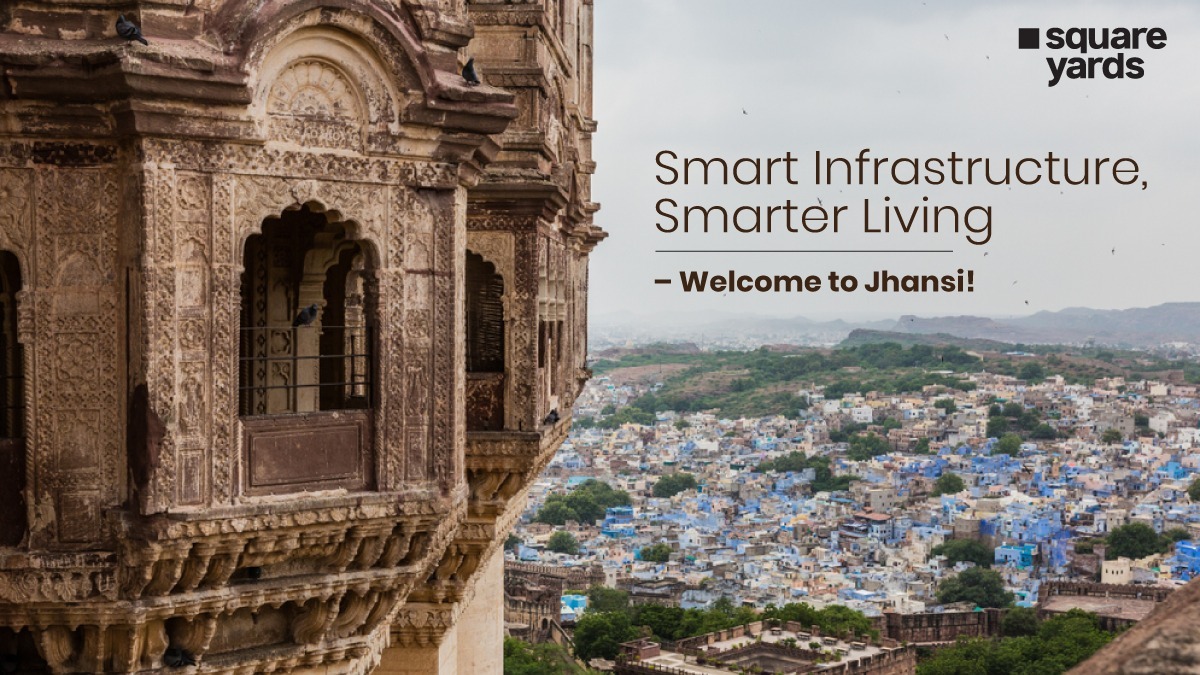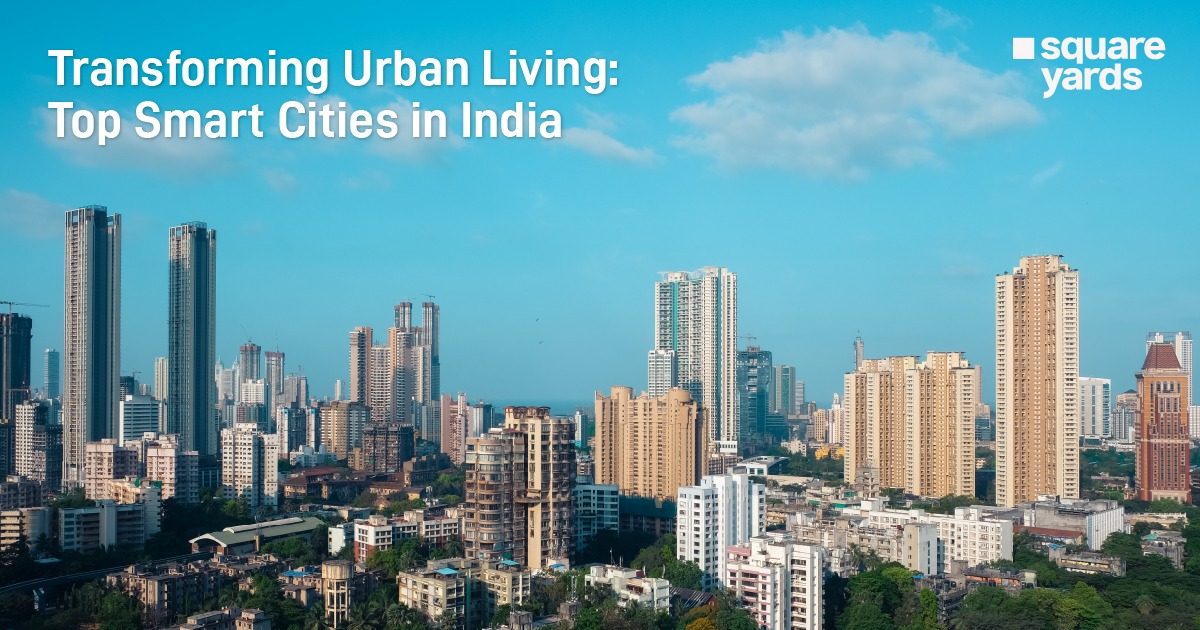Home to a rich legacy and an enthralling history, Bellary Fort holds an important place in India’s heritage. The royal fort Bellary is located in Devi Nagar, Bellary (officially called Ballari) in Karnataka. The value of the fort cannot be estimated on papers as no accurate measurements of the area have ever been made. According to many estimates, the figures would touch a few hundred crore rupees.
Let’s dive deeper into the history of the royal fort Ballari and have a closer look at the magnificent architecture of the place.
Table of contents
Architectural Design of the Bellary Fort
Bellary Fort and the town which laps it are situated around two eminent granite hills which are rocky and huge; Ballari Gudda and Kumbara Gudda. These two hills are a perfect backdrop for the city, surrounded by smaller hills, including Eeshwana Gudda and Kaate Gudda. These hills adjoin the St John’s High School in the Fort area and near the Bellary Central Jail. The fort provides a commanding position and a beautiful view of the plains, now the Bellary town. Granite rocks embrace the terrain surrounding the fort, which is in the shape of a mountain. The semi-elliptical shape of the hill is longer towards the North than the Southern side.
The forts have stunning ramparts with a layered history, which still engrosses the attention of many history buffs. It is known to have a grand citadel and ancient tanks positioned within the Upper Fort. Whereas the arsenal rests in the Lower Fort.
The Upper Fort had deep wells for storing water and barracks for the soldiers. The part which intrigues us the most in the Lower Fort is the bastions and the deep pits, which were filled with crocodile-containing waters to baffle the enemies.
History of Bellary Fort
The fascinating history of the Bellary town and fort dates back to 300 BC. The historical accounts state that Hanumappa Nayaka was the first ruler who was a chieftain and a Vijayanagara Empire feudatory and the builder of the Upper Fort. This area witnessed a turbulent wave of political instability around 1565 until it was taken under control by the Britishers around 1800 AD.
The Bijapur Sultans then ruled the area, and the fort was shifted under the rule of Chhatrapati Shivaji around 1678. Basalat Jung of Adoni controlled the fort in 1761. After a feud with the Nayaka chieftain over payment of tributes, Basalat Jung was attacked by him with the help of Hyder Ali of Mysore. Hyder Ali took control of the fort, leading to the restoration of the Upper Fort and the construction of the Lower Fort.
A French engineer designed and constructed the Lower Fort and refurbished the Upper Fort. Despite being a magnificent fortification, these forts were positioned at a lower elevation than the hill opposite it, named Kumbara Gudda, which rendered the fort in a disadvantageous position. Infuriated by this blunder, Hyder Ali ordered the execution of the French engineer. His grave remains at the Eastern gate of the fort.
The third Anglo-Mysore war led to the defeat of Tipu Sultan (Hyder Ali’s son), and the fort was occupied by the British. The entire region was segregated, and Nizam Salabat Jang received the fort and the district. The fourth Anglo-Mysore war in 1799 led to the death of Tipu Sultan and the further division of the Mysore regions among the Wodeyars. Asaf Jah II, who received protection from the British military in 1796 AD, eventually ceded most of the territory, including the Bellary Fort, to the British. The area was then termed as Ceded Districts.
The Bellary Fort was given a 1st class label by the British as it put Bellary on the map rendering it of huge importance. The British then built their cantonment in the fort.
What’s Inside Bellary Fort?
The interiors of the Bellary royal fort match up to the brawny and well-built exteriors. Many well-constructed buildings and an ample supply of water sourced from the reservoirs built in the rock splits. However, no garrison can be spotted inside the fort. Several cisterns have been excavated in the rocks to resolve the water storage issue.
Exciting Facts about Bellary Fort (Bellary Kila)
- According to a legend, the city derives its name from Indra, the King of Gods who destroyed the Bala demon in that area.
- One historical legend says that Bellary is derived from the ancient Kannada words Vallari and Vallapuri.
- The Lower Fort was once also known as the Face Hill because some rocks were similar to humans’ faces.
- The Upper Fort has a quadrangular plan and a citadel. It rises 460 ft above the plains with an approximate 1.5-mile circumference.
- The fort’s top has a temple and the remnants of some cells alongside deep pools of water. The citadel also has various structures with reservoirs built within the rock splits.
- A covered passage and a ditch are present outside the ramparts, and a huge Indian flag embraces the main turret, which faces eastwards.
- A temple named Kote Anjaneya, dedicated to Lord Hanuman, is located outside the Lower Fort’s eastern gate.
- Many buildings, including Commissariat Stores, Protestant Church, Masonic Lodge, private residences, orphanage, and the post office, were integrated during the British period. Today, several temples, public buildings, educational institutions, offices, and churches are established in the venue.
- The royal fort in Bellary is lit up beautifully on state and national holidays and Sundays.
- Several legends talk about the confinement of Muzzaffar Khan in the Bellary Fort, who was the Kurnool Nawab from 1823 to 1864, for murdering his wife.
Timings and Entry Fees for Bellary Fort
The Fort is open for visitors from 6 am to 6 pm throughout the year. An entry fee of ₹20 is charged for an Indian visitor, ₹250 for a foreign visitor, ₹20 for a SAARC visitor, and a BIMSTEC visitor.
Ways to Reach Bellary Fort in Karnataka
You can reach the Bellary Fort in several ways. The nearest airport to the Bellary fort is Bangalore Kempegowda International Airport. The nearest railway station to the fort is Bellary Junction Railway Station, and the nearest bus station is APSRTC Bellary Bus Station.
What is the Best Time to Visit Bellary Fort?
The best time to explore the historic Bellary Fort is October to March.
FAQ’s About Bellary Fort
Who built the Bellary Fort?
Hanumappa Nayaka built the Upper Fort, and Hyder Ali built the Lower Fort in the late 18th Century.
What is Bellary famous for?
Bellary city is famous for the eponymous Bellary Fort, the 2nd largest monolithic hill globally.
How many steps are there in Bellary Fort?
There are around 400 steps to climb in Bellary Fort.


